Are you planning a Machu Picchu trek? If you haven't decided which tour to take, you've come to the right place. Here you'll find an essential guide to the best treks to Machu Picchu. Discover the most popular tours and learn key details about each to help you make the best decision.
The best Machu Picchu tours and treks
Treks to Machu Picchu is an incredible adventure that takes you through the heart of the Peruvian Andes, with its breathtaking landscapes and rich history. On this page, you will find the most popular hikes, the benefits of hiking, and the best times of the year to travel.
Inca Trail Tours:
The Inca Trail to Machu Picchu is one of the most popular treks in the world, renowned for its stunning Andean landscapes, diverse ecosystems, and captivating Inca ruins. You can choose between the classic 4-day trail starting from KM 82, or the shorter 2-day version beginning at KM 104 (also known as the "Short Inca Trail"). On both routes, you will enjoy numerous archaeological sites and finish your adventure by entering Machu Picchu through the Sun Gate (Intipunku).
Classic Inca Trail – 4 Days
The Classic Inca Trail, lasting 4 days and 3 nights, is part of an extensive network of paths leading to Machu Picchu, discovered in 1915 by Hiram Bingham III. This trail, known for its preservation and breathtaking views, starts on March 1st each year and accommodates 500 people daily, including guides and porters. Access is exclusive to authorized tour operators like TreXperience, and Inca Trail permits must be booked well in advance due to high demand.
This path is integral to the Historic Sanctuary of Machu Picchu in Cusco, safeguarding diverse ecosystems and endemic species like the spectacled bear. The area's altitude variation allows for enjoying a range of landscapes, from snowy mountains to the warmer zones of the Urubamba River. Machu Picchu is a UNESCO World Heritage Site and one of the New Seven Wonders of the Modern World.
Short Inca Trail – 2 Days
Known as the Royal Inca Trail, Short Inca Trail, or One-day Inca Trail, this route is ideal for being shorter and more comfortable than the traditional 4-day hike to Machu Picchu. It starts at Chachabamba (KM 104) and is only accessible by train from Ollantaytambo. The hike takes place in one day, and the visit to Machu Picchu takes place on the following day. Booking the 2-day tour is mandatory to comply with the site's regulations.
The Machu Picchu tour starts at 4:00 a.m. in Cusco, but staying in the Sacred Valley, such as Ollantaytambo, is advisable due to its proximity to the train station. This will save time and allow for a more relaxed morning before starting the hike.
Inca Trail to Machu Picchu – 5 Days
If you prefer a slower pace or want to spend more time exploring, consider the Inca Trail 5-day. This extended itinerary allows for more leisurely hikes and extra time to admire the stunning scenery and archaeological sites. Ideal for those who prefer smaller groups and visiting Inca sites at quieter times, the 5-day trek to Machu Picchu tour offers a profound and enriching opportunity to connect with the history and nature of citadel.
Salkantay Trek
The Salkantay Trek is an excellent alternative to the Inca Trail. It stands out for its route from the impressive Salkantay Mountain, the highest peak of the Vilcabamba range, to Machu Picchu. This trek does not require special permits, but booking in advance is recommended. It's important to be physically prepared and acclimatize to the altitude before starting.
During the trek, you'll experience a variety of landscapes, including mountains and cloud forests, and enjoy activities such as coffee tours and Pachamanca. Although challenging, it is accessible for those with moderate fitness and allows for spending a night in Aguas Calientes, the town near Machu Picchu.
» Read Later | Pachamanca
Salkantay Trek – 5 Days
The 5-days Salkantay Trek to Machu Picchu includes a visit to Humantay Lake, Salkantay Pass, a coffee tour, Pachamanca, camping at Llactapata, a visit to the inca citadel, and a panoramic train ride back to Cusco.
Salkantay Trek – 4 Days
It's similar to the previous one, but the Salkantay trek 4 days is condensed, so it's ideal for those with less time.
Lares Trek
Although the Salkantay Trek is one of the most beautiful treks to Machu Picchu, besides its natural beauty, archaeological sites, and a slight original stretch of the Inca Trail, it is a challenging route compared to other tours.
Lares treks take you away from the crowds of the Inca Trail and Salkantay to explore remote mountains with almost no other trekkers unless you count llamas and alpacas. There are many tours and different itineraries on the Lares route. We have designed the best itinerary, starting at lakes and ending at Machu Picchu.
Treks to Machu Picchu: The new options
Inca Quarry to Machu Picchu
The Inca Quarry Trek is the newest trail that is quickly gaining popularity. Although less known than other routes, it offers stunning landscapes, Inca sites, and cultural interactions.
This route includes visits to notable sites such as the Inca shrines of Ñaupá Iglesia, the waterfalls of Perolniyoc, and various historical sites leading to the inca citadel. Moreover, this trek to Machu Picchu traverses extraordinary landscapes and offers views of the Sacred Valley from impressive heights, providing an unforgettable experience.
Huchuy Qosqo Trek
The hidden treasure of the Incas, located just a day’s hike from Cusco, is one of the few routes that allow you to walk from the imperial city into the Sacred Valley and then take the train to Machu Picchu along the Urubamba River. On this Machu Picchu trek, you'll discover the archaeological site of Huchuy Qosqo, an impressive Inca complex with spectacular views of the Sacred Valley. Additionally, you'll enjoy views of Tambomachay, walk alongside llamas and alpacas, and marvel at extraordinary landscapes.
Inca Jungle Trek
The Inca Jungle Trek to Machu Picchu by TreXperience is the only active multi-sport tour we offer. This exciting journey combines mountain biking in Maras Moray, rafting on the Urubamba River, and hiking along hidden Inca trails in the jungle. It’s important to note that the Inca Trail stretches on this route are brief, as natural events destroyed many.
Activities include biking, rafting, trekking, and coffee tours. A highlight is the third-day hike to Llactapata, an impressive Inca site opposite Machu Picchu that likely served as a checkpoint for access from the Amazon.
» Read Later | Maras & Moray
Alternative Inca Trail
All the treks we offer in Peru are unique and guarantee an exceptional experience exploring the country's natural and cultural richness. Our tours, such as the Salkantay Trek + Inca Trail and Inca Trail + Lares, are flexible and can be adjusted to your preferences similar to the traditional Inca Trail.
Our Alternative Inca Trail, which includes the Huchuy Qosqo Trail and the Inca Trail, is a spectacular journey that starts in Cusco and crosses the Sacred Valley, culminating at Machu Picchu via the Sun Gate. This route follows the historic steps of Manco Inca II, who in 1536 led his army to strategic refuges in the region.
Hikes that do not reach Machu Picchu
Choquequirao Trek
Choquequirao, often called "the twin sister of Machu Picchu," is a vast hidden citadel symbolizing Inca resistance against the Spaniards. Following the conquest of Cusco in 1533, Manco Inca II retreated to these mountains, using scorched earth tactics to prevent being followed, and eventually taking refuge in Vilcabamba until the capture of Túpac Amaru in 1572.
The Spaniards, attempting to erase the Inca presence, pushed Vilcabamba into oblivion. Hiram Bingham rediscovered Choquequirao in 1909 and Machu Picchu in 1911, mistakenly identifying Machu Picchu as the last Inca capital. Choquequirao's origins and abandonment remain a mystery.
Explore this enigmatic citadel with our tours:
- Choquequirao Trek 4 days: This trek does not reach Machu Picchu
- Choquequirao Trek 5 days: This trek does not reach Machu Picchu
- Choquequirao to Machu Picchu Trek 7 days: An expedition connecting the two most important Inca citadels in the region
Ausangate Trek
Ausangate is the highest mountain in the Vilcanota Mountain Range, revered as an Apu, or sacred deity, that protects the local community and wildlife. On the Ausangate Trek, you will explore remote villages and mountains where shepherds raise mainly potatoes due to the high altitude. You might also spot wild vicuñas. The route concludes spectacularly at the Rainbow Mountain of Vinicunca and the Red Valley.
» Read Later | Vinicunca Rainbow Mountain
Benefits of trek to Machu Picchu
| Benefit | Description |
| Physical health | Hiking improves cardiovascular fitness, lowers blood pressure, boosts bone density, and strengthens muscles in your glutes, quadriceps, hamstrings, and lower legs. |
| Mental health | Being outdoors reduces anxiety and depression, and hiking offers a meditative experience that can enhance mood and clear the mind. |
| Vitamin D | Hiking on a sunny day provides essential vitamin D, which is crucial for bone health and immune system function. |
| Connection with nature | Connects you with nature uniquely, allowing you to see diverse flora and fauna and enjoy the tranquility of natural landscapes during the Inca Trail. |
| Personal challenge | Challenges you personally, as reaching the summit or the end of a trail can boost self-esteem and provide a sense of achievement. |
| Social interaction | Join small groups of travelers from around the world, fostering social bonds with friends or family. |
| Learning experience | Offers valuable lessons about Peru's history, nature, and culture, providing new perspectives on life's challenges. |
| Affordability | Hiking to Machu Picchu is cost-effective; you only need a good pair of shoes and a sense of adventure to start. |
Join us in discovering the magic treks to Machu Picchu, this remote mountain trek, and breathing in the thin air of Peru's most beautiful hiking terrain.

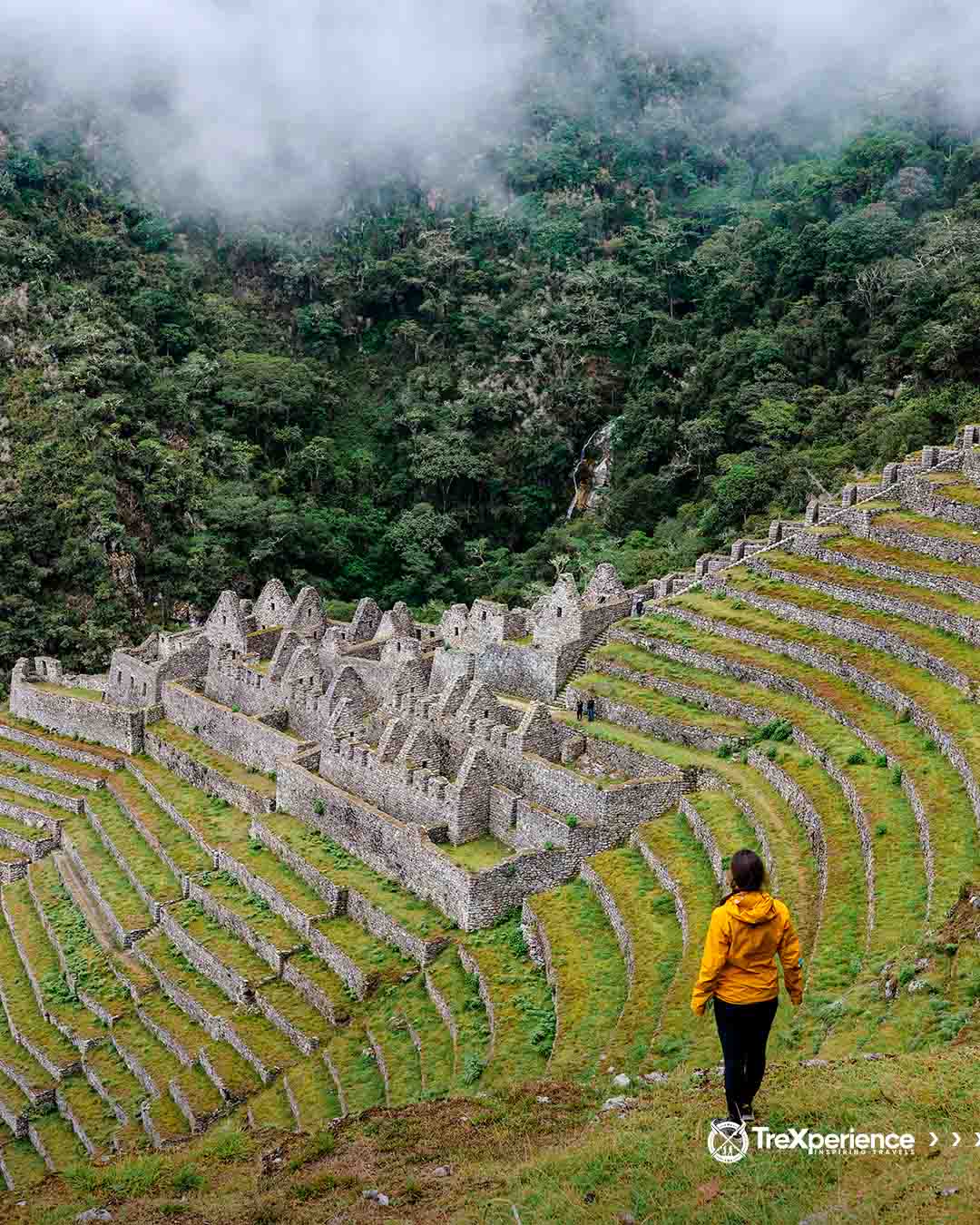
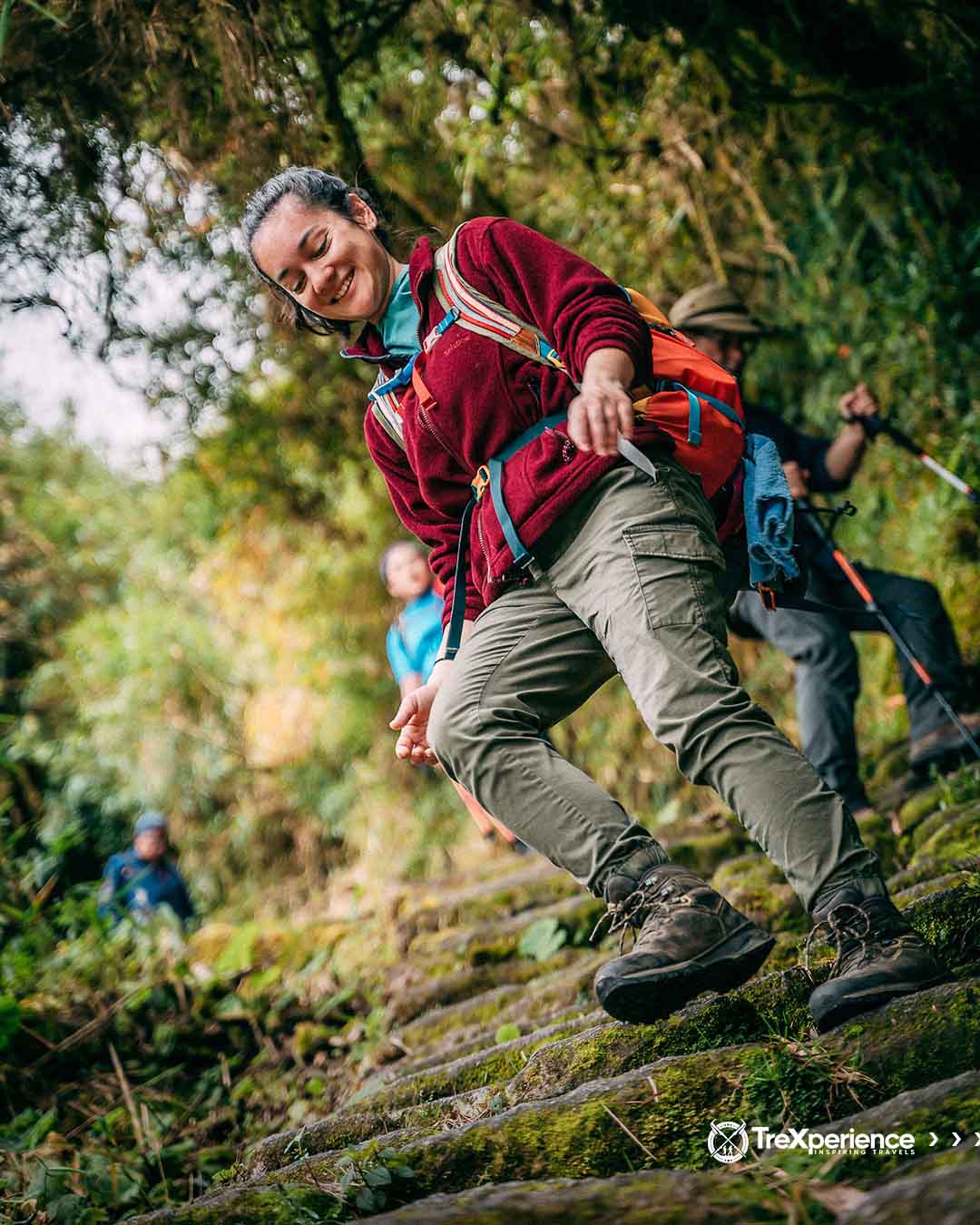
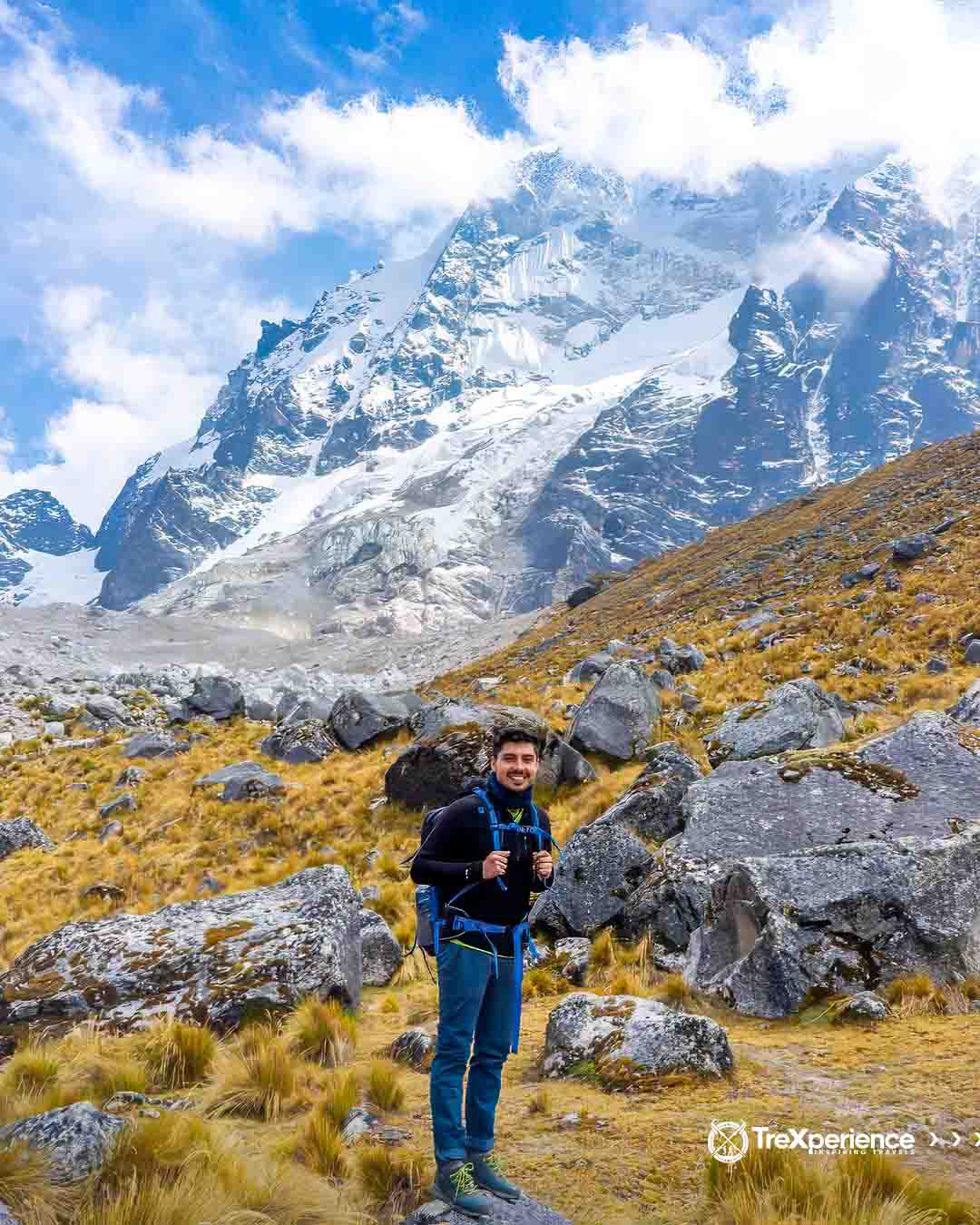
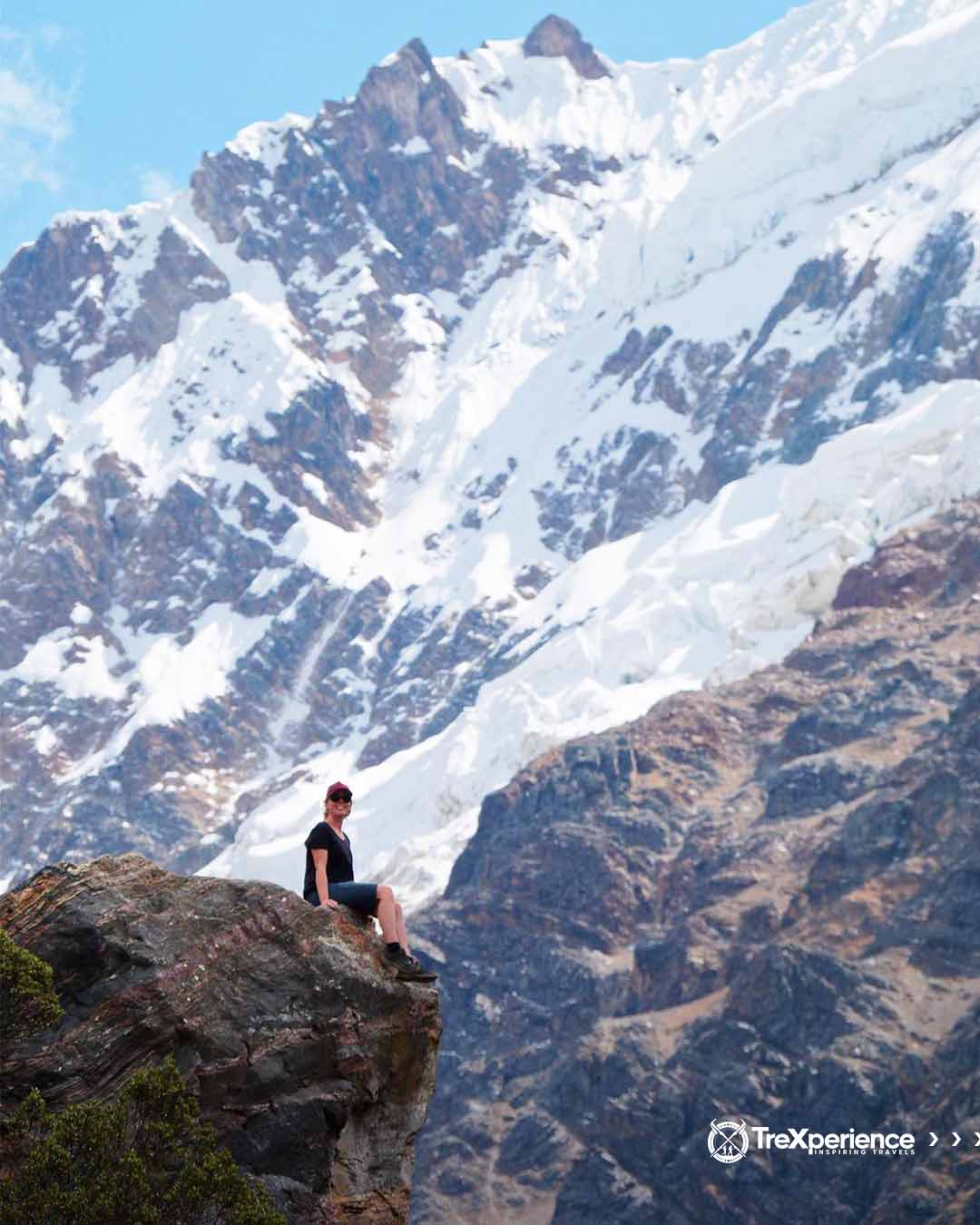
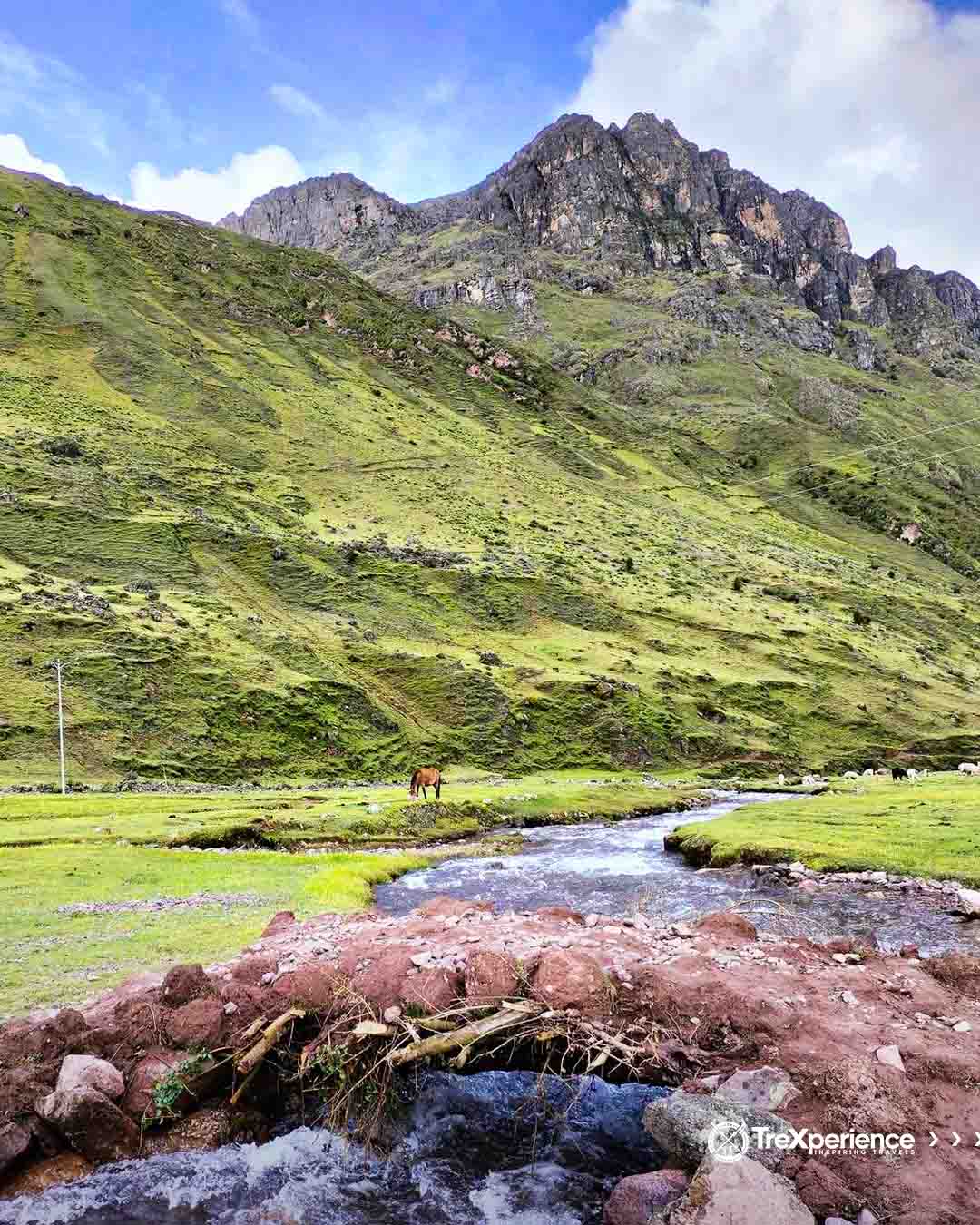
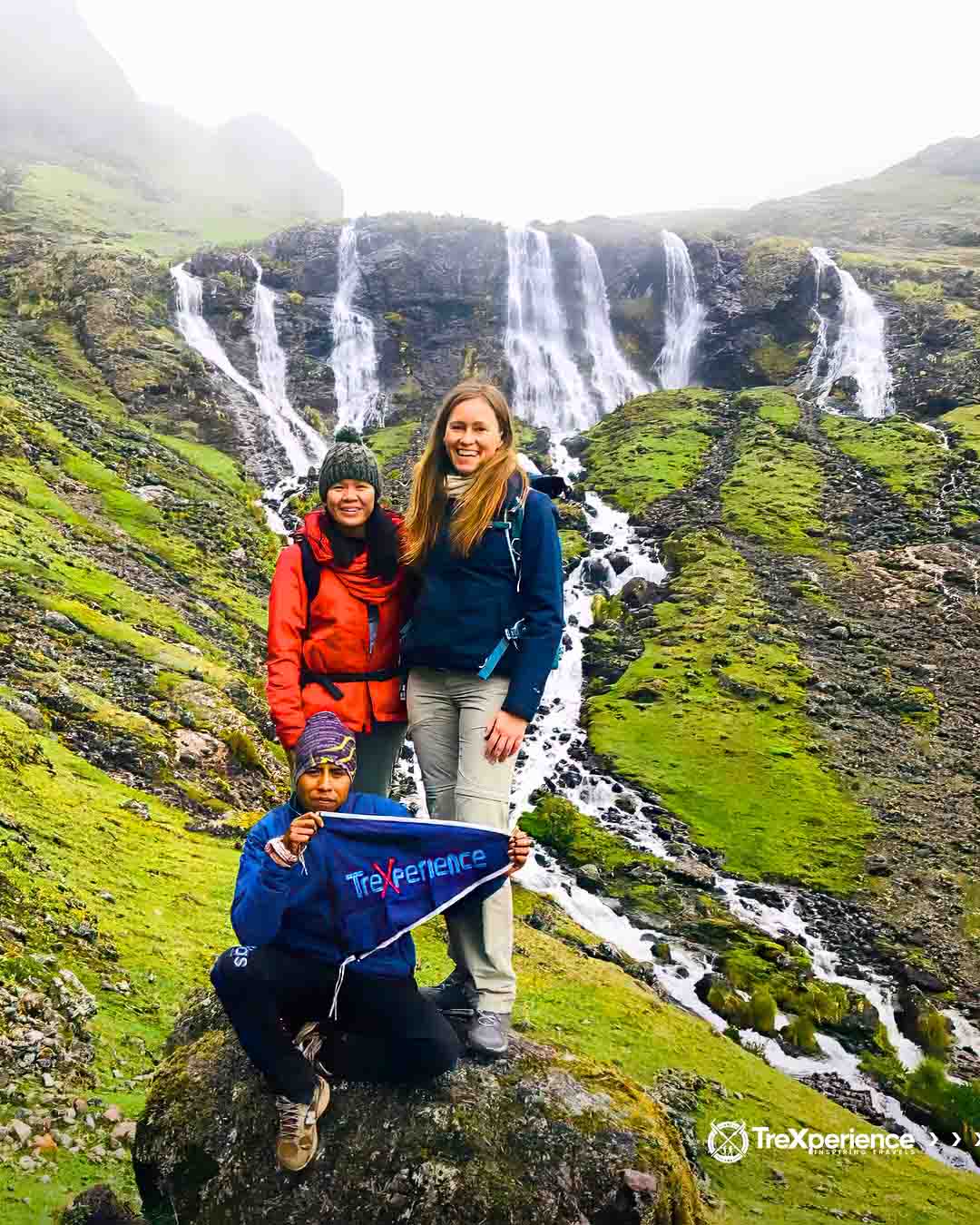
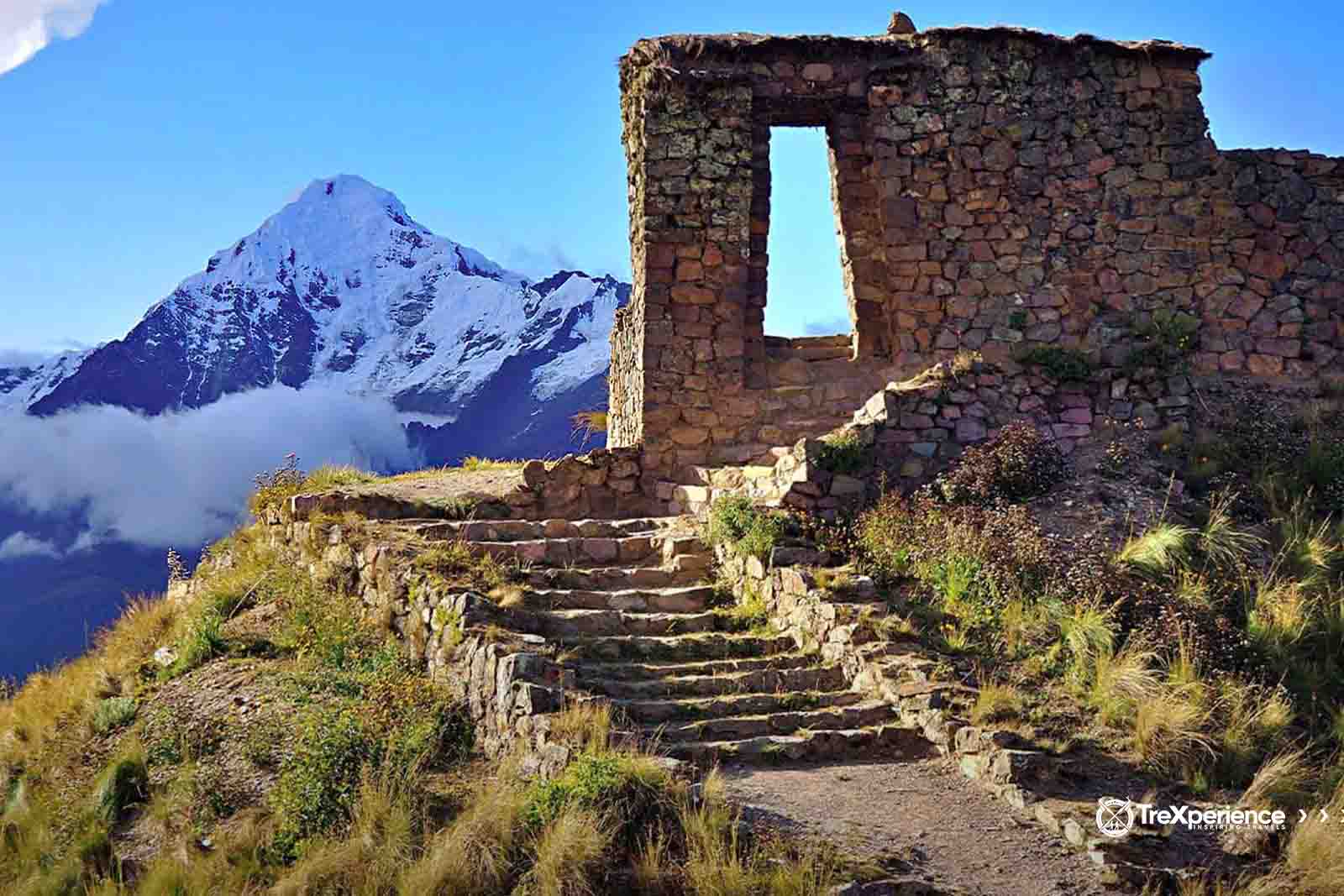
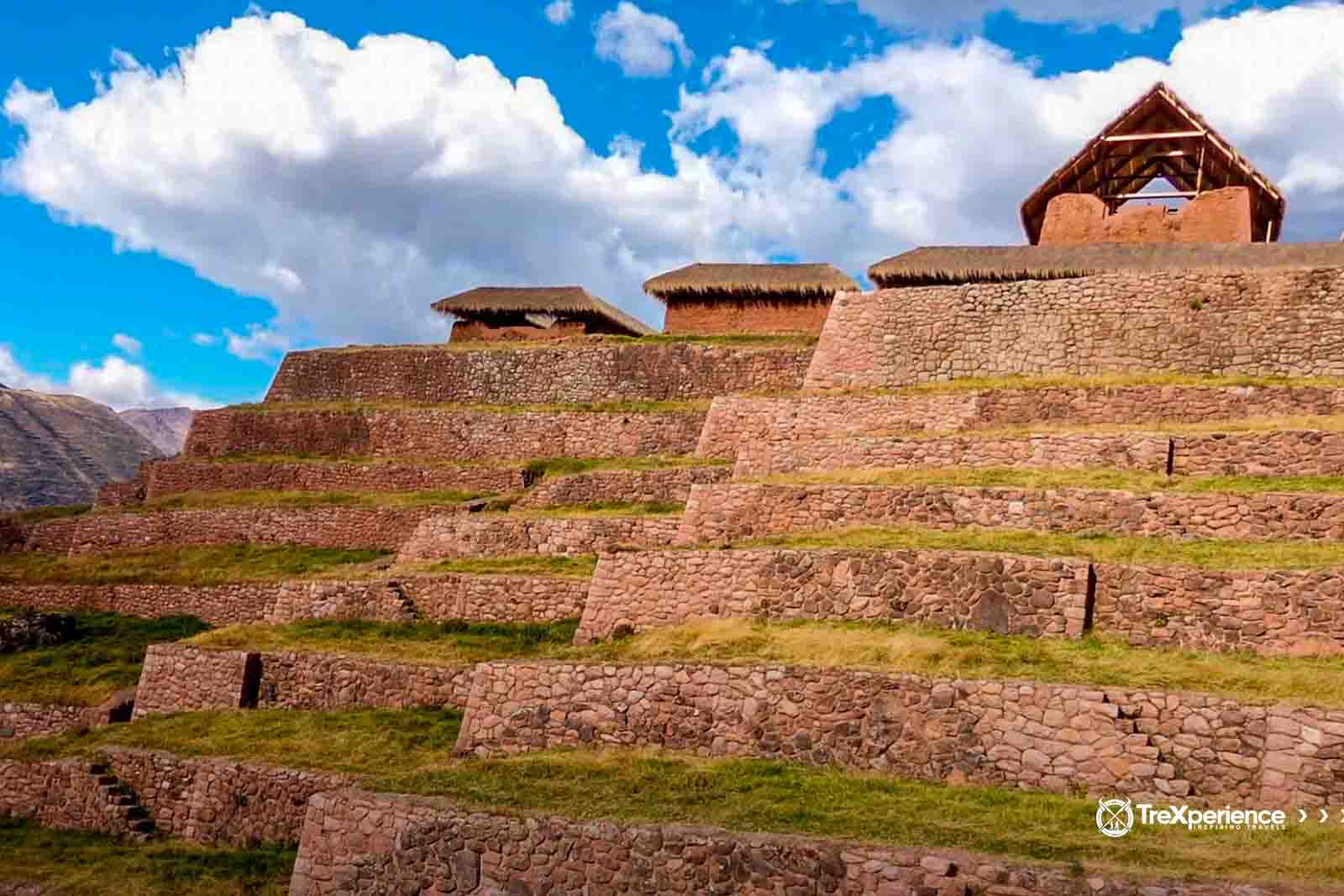
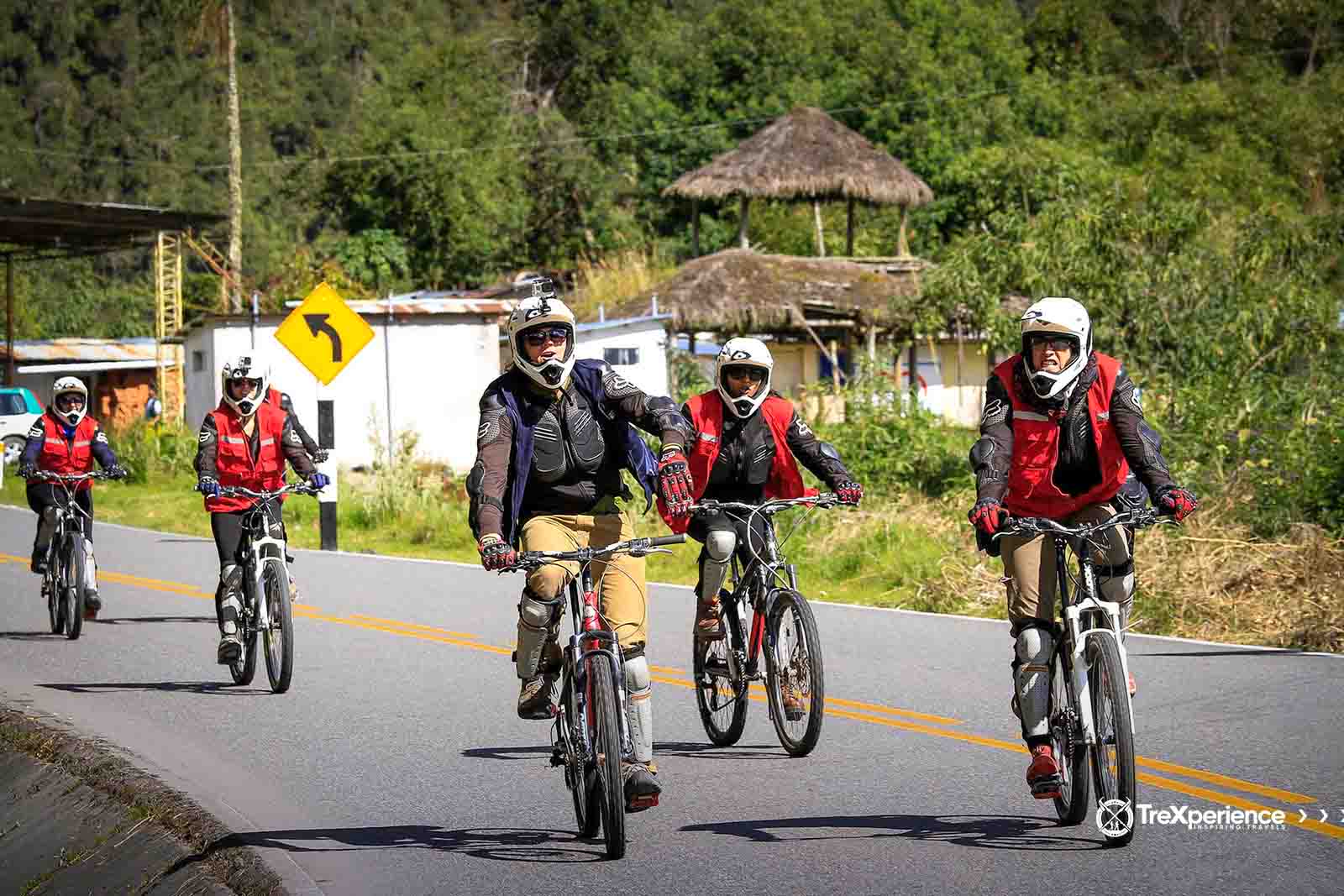
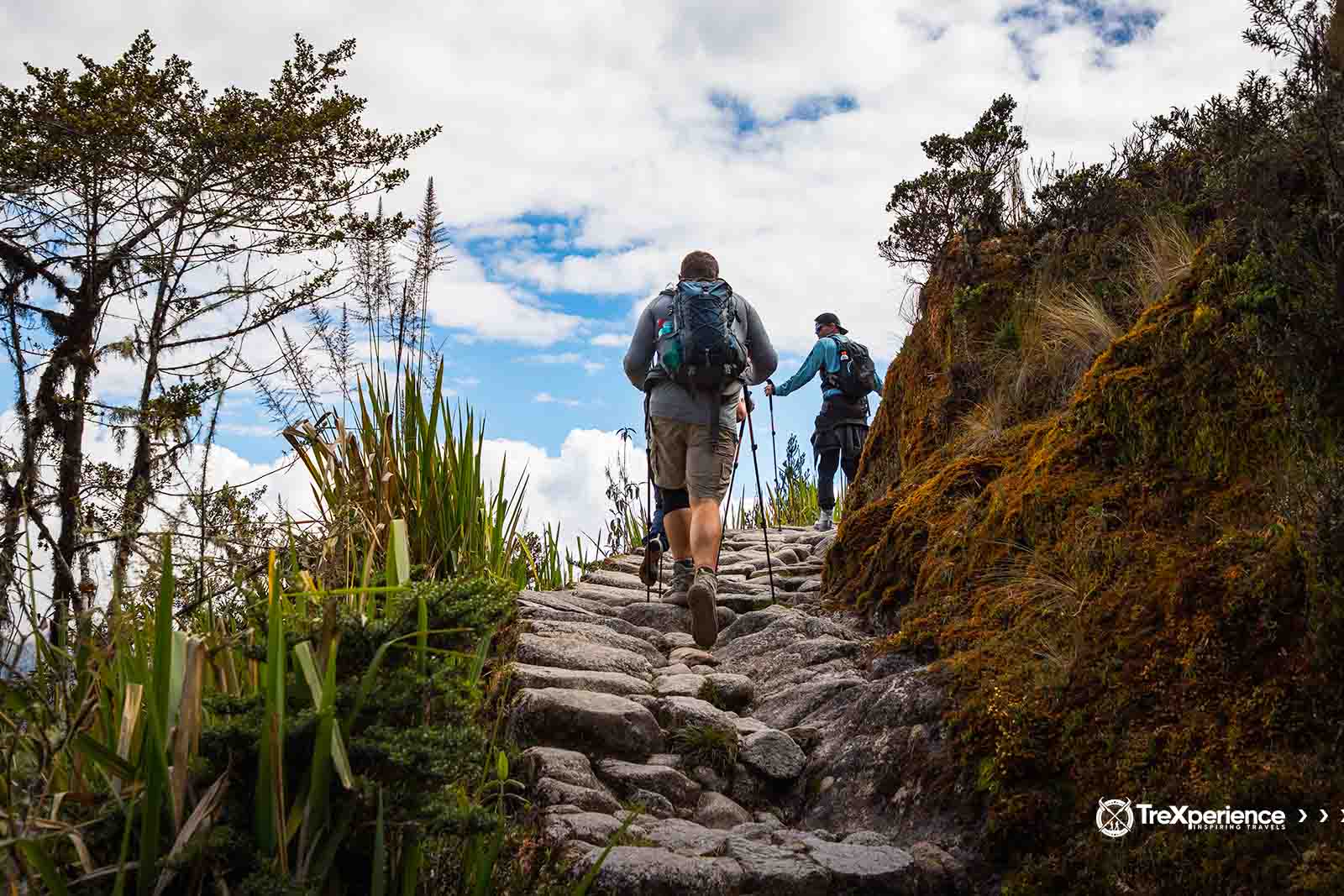

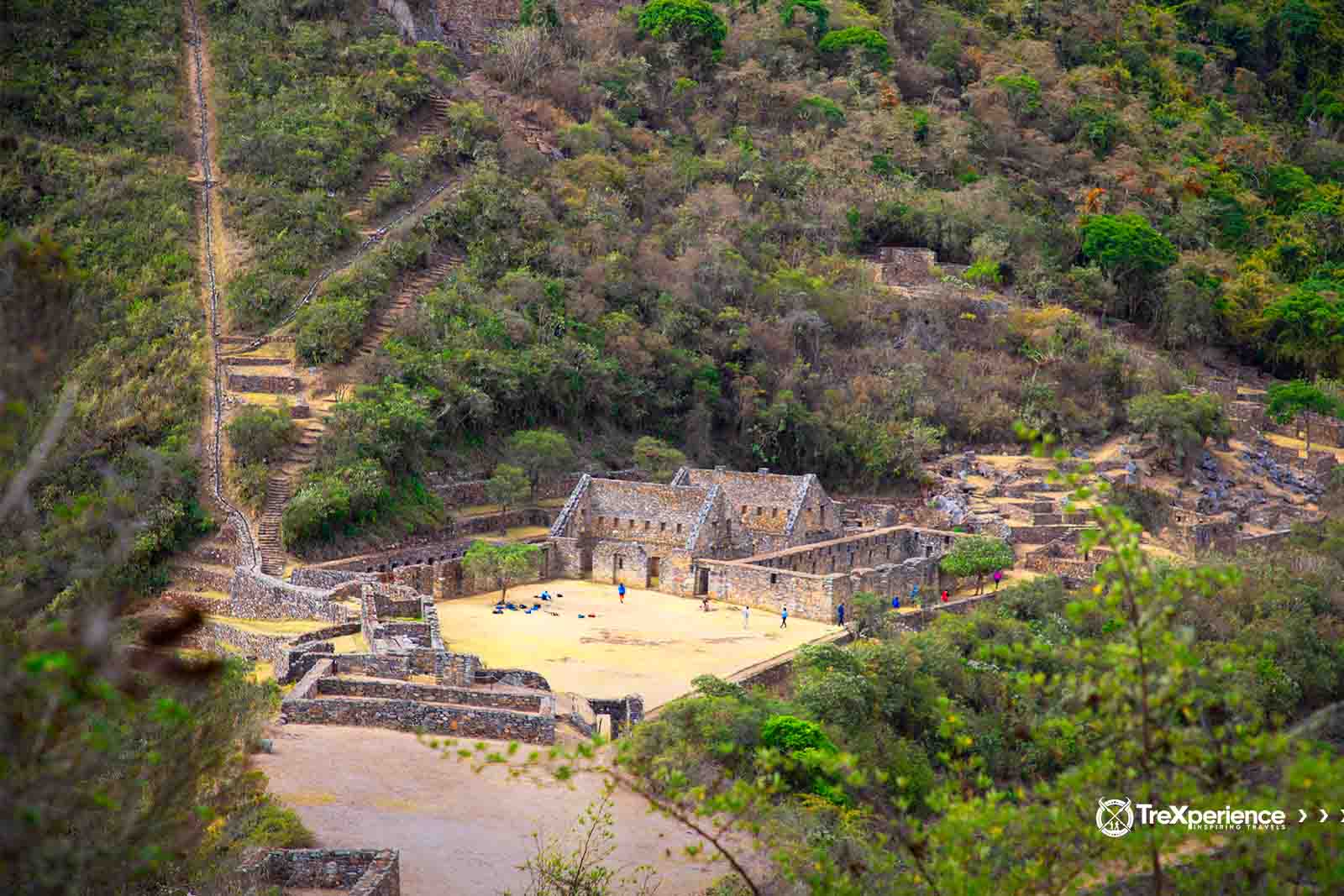
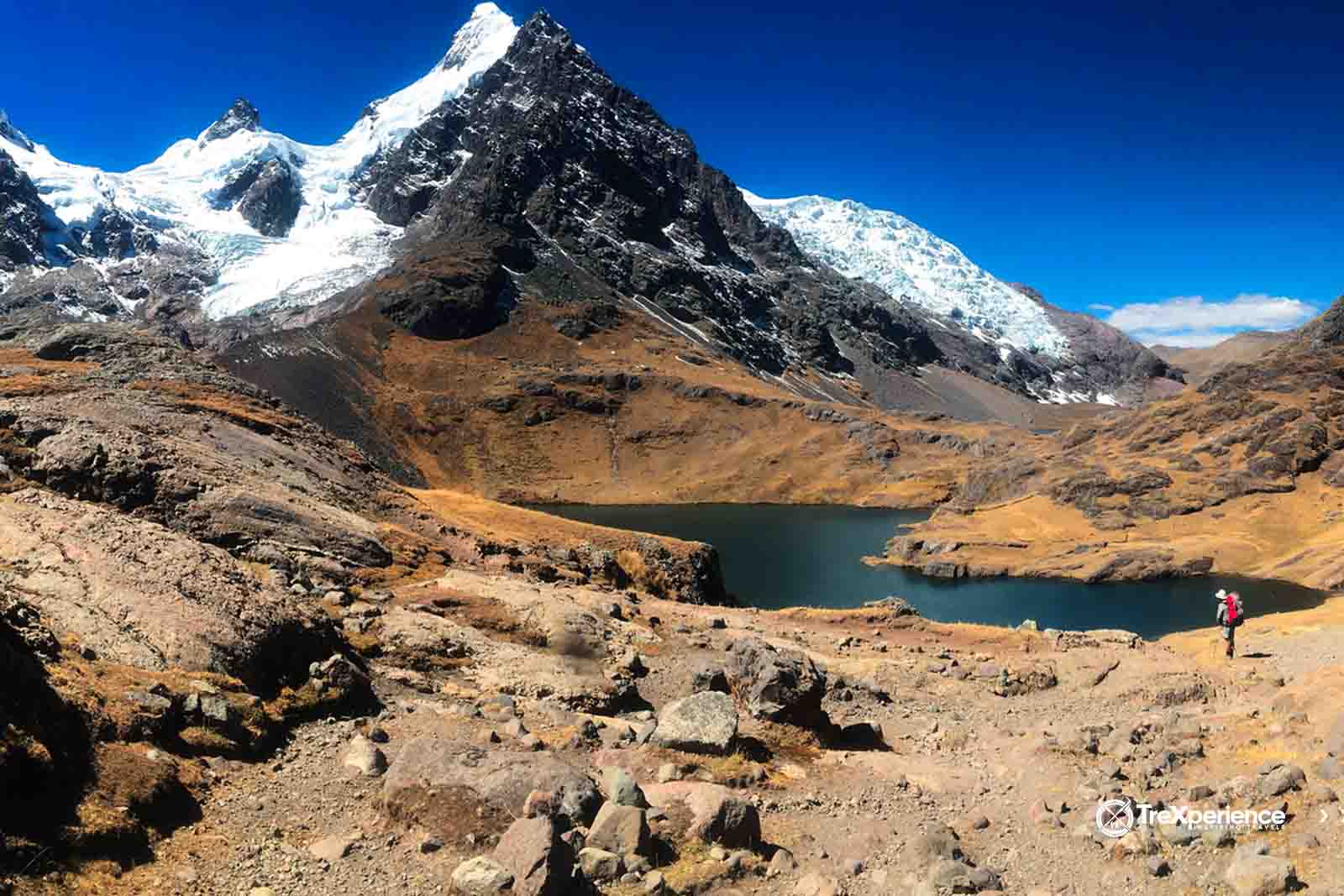
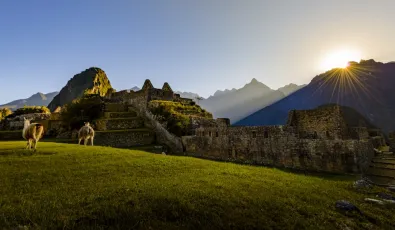
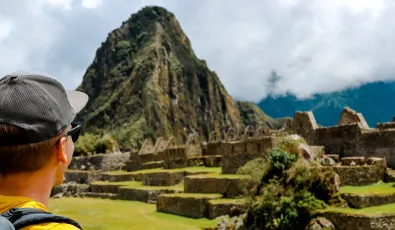
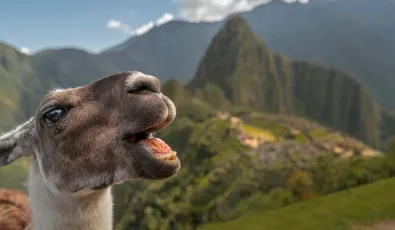
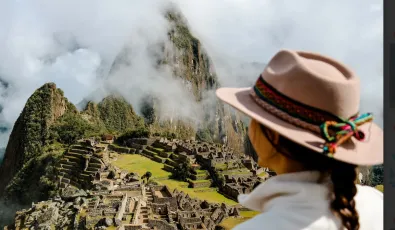

Add new comment